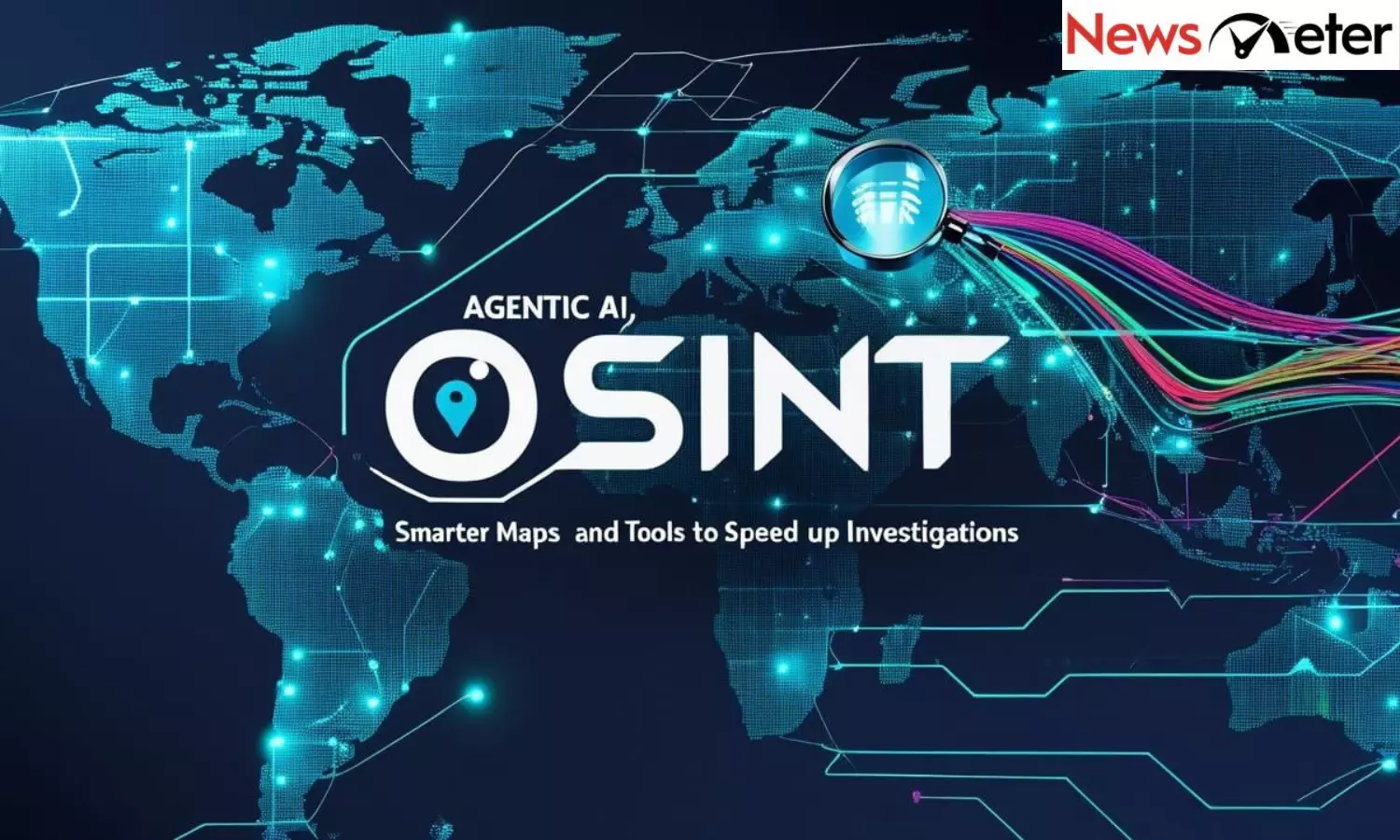OSINT Pulse: July 2025 | Agentic AI, smarter maps and tools to speed up investigations
With each passing month, new tools and updates continue to reshape how OSINT professionals and journalists gather and verify information.
By Dheeshma Puzhakkal
Hyderabad: With each passing month, new tools and updates continue to reshape how OSINT professionals and journalists gather and verify information.
From AI-powered browsers that reduce repetitive manual work to advanced filters that distinguish genuine images from synthetic ones, technology is steadily transforming real-world investigations. This edition focuses on practical advances, including agentic AI, improved mapping and audio analysis, all highly relevant for researchers and fact-checkers aiming for speed and accuracy.
Automation’s next big leap
Perplexity has launched COMET, an agentic AI browser that goes beyond search. Instead of simply providing answers, it connects to apps and carries out tasks on its own. This approach, known as agentic AI, allows software to plan and act with minimal human guidance.
For example, COMET can pull data from your calendar, draft an email, and schedule a meeting without switching between apps. Tools like Skej, an AI scheduling assistant that manages meetings across email, chat, and calendars, show how this shift is already playing out. These tools don’t just assist; instead, they execute.
But as AI browsers and assistants integrate more deeply with personal apps, security risks need attention. Researchers have warned about malicious browser extensions that silently collect browsing history, login data, and even financial information. Auditing installed extensions and limiting permissions are now as important as testing new AI features.
For OSINT researchers, tools like this could speed up repetitive work such as collecting, sorting, and cross-referencing data, though the trade-offs in transparency and control remain unresolved.
Wayback as a VPN alternative
OSINT researcher Sofia Santos recently outlined practical ways to access geo-blocked websites without relying on a VPN. One of the simplest methods is using web archives like the Wayback Machine and Archive.today. By entering a blocked URL, these tools often retrieve previously saved versions of the page, bypassing regional restrictions entirely.
Santos points out that this approach can even be used proactively. If a page isn’t already archived, you can create a snapshot for later access. Archive.today can sometimes succeed where the Wayback Machine fails. It can be a useful backup for hard‑to‑reach content. For OSINT practitioners, these tools offer a lightweight workaround to recover blocked information, from local news reports to government documents, without the complexity of VPNs or proxy setups.
From hours to minutes: smarter audio analysis
OSINT trainer Henk van Ess recently shared a workflow that turns a 60‑minute interview into a full analysis in about five minutes. His key insight: stop asking one AI to do everything. Instead, use a chain of tools, each doing what it does best.
He starts by compressing the audio to 64–96 kbps to reduce upload time without losing speech clarity. Then, Google’s NotebookLM transcribes the file with accurate punctuation and speaker detection. Claude Pro follows with semantic analysis, breaking the transcript into themes, extracting insights, and organising key quotes. Finally, Gemini 2.5 Flash converts the structured analysis into a polished narrative.
This step‑by‑step approach speeds up what is usually tedious manual work. For OSINT researchers and journalists, it can be a game‑changer when handling lengthy interviews, public hearings, or multi‑hour recordings that need to be turned into actionable intelligence fast. It also reminds us of a larger lesson: AI is most effective when specialised tools work together and not when one tool tries to do it all.
Why one map is never enough
Senior OSINT analyst Tom Jarvis recently highlighted the value of checking the same location across different mapping platforms. In one example, he compared Google Earth and Apple Maps, noting that Apple sometimes offers more recent high-resolution imagery. His post is a reminder that no single map provider is definitive, particularly when analysing remote or fast-changing locations.
Source: Tom Jarvis Linkedin Post
To make this easier, Michael Bazzell’s mapping tool brings multiple map providers together on a single page. This saves time and reduces the need to open each service separately during geolocation work.
DuckDuckGo filters out AI images
DuckDuckGo has introduced a new search feature that allows users to hide AI‑generated images from their results.
Source: DuckDuckGo X Post
The toggle gives users two modes: one that shows all images, including synthetic ones, and another that excludes anything identified as AI‑generated. This is designed to help users, especially journalists and investigators, focus on authentic photographs when verifying visual evidence.DuckDuckGo says the feature relies on metadata and image‑level signals to detect AI‑generated content. While it’s not foolproof, it adds an extra layer of control at a time when synthetic media is increasingly difficult to spot.
You can see DuckDuckGo’s announcement here: Tweet
See you next month!
Dheeshma Puzhakkal
(This is part of a monthly report written by Dheeshma Puzhakkal, Editor of NewsMeter’s Fact Check team, on emerging developments in OSINT and AI, with a focus on what matters most to Indian readers and OSINT professionals. For comments, insights and leads, please email at dheeshma.p@newsmeter.in)